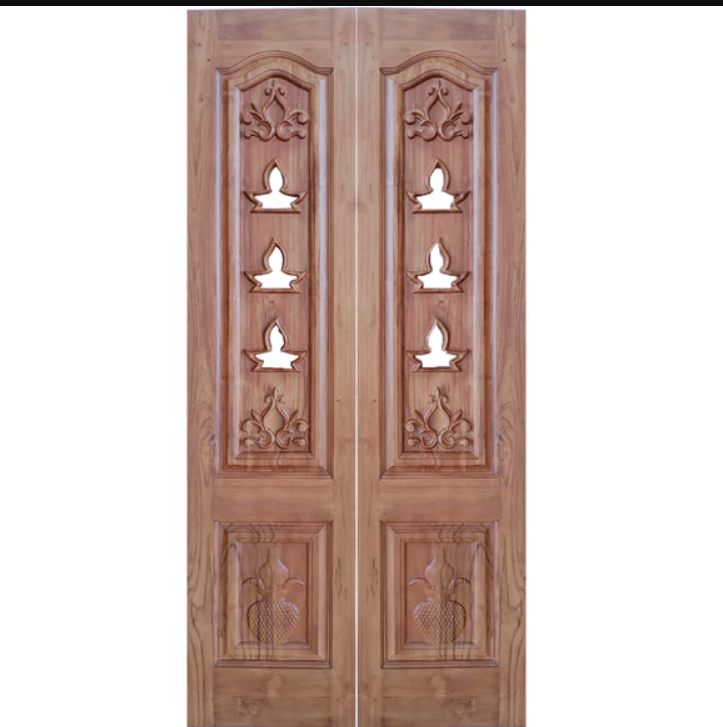It’s imperative to start considering your home’s heating system as the summer comes to an end and the winter months get closer. To keep our houses cosy and warm in the autumn and winter, radiators are essential. Some simple home radiator maintenance might come in handy if your radiators aren’t heating up after the summer. It’s simple to work on radiator maintenance. Maintaining your household’s radiators is going to become second nature if you incorporate regular maintenance and cleanup into your daily schedule. Here are tips for maintaining your home’s radiators. If you are looking for the best fitting radiator for your home then search for Designer Radiator UK.
Verifying the Pressure
Maintaining the performance of your radiator requires routinely checking the pressure. Low pressure may be a sign of a possible leak in the system, whereas excessive pressure strains the joints and valves and raises the possibility of a leak. To measure the pressure:
- Find the boiler’s pressure gauge.
- Verify that the needle is inside the green area, which usually denotes the correct pressure.
- The pressure problem needs to be addressed if the needle drops outside of the green zone. For example, use the filling loop to top off the amount of pressure if it’s too low. On the other hand, to get the temperature back within the advised range, you might have to bleed particular radiators if it’s too high.
Your heating system will operate more efficiently during the winter if you include pressure inspections in your pre-season routine.
Verify the Temperature
All of the radiators need to be heated up uniformly. However, if you discover that some or all of the radiators are not warming up at the same speed compared to the others, there may be an issue.
Radiator Surfaces Clean
The accumulation of dust and dirt on thermostat surfaces over time can hinder the effective transference of heat. A frequent aspect of your upkeep should be cleansing your radiators. Whenever cleaning your heating elements, keep some of the following advice in mind when doing radiator care:
- To clean the radiator’s fins material on the exterior from loose debris and particles, use a hoover attachment with a brush.
- Use a toothbrush with soft bristles or a cloth made from microfiber to gently remove any last bits of dust from hard-to-reach locations.
- Refrain from using anything abrasive that could scratch the radiator’s surface.
A minimum of once-a-year radiator maintenance will ensure that your home’s radiators are operating at their best for as much time as feasible. Get in touch with your neighborhood plumber to make sure the system is secure and free of any issues that need to be fixed by calling them for plumbing and heating services. To make sure that the radiators are prepared for heavy use come wintertime, it is preferable to maintain them in September or October.
Learn How to do a Radiator Bleed
One of those home tasks that seems more difficult than it is is bleeding radiators. The positive aspect is that it is rather simple to do with a few basic tools. If your radiator seems chilly even with the heat turned on, it probably needs to be bled. This is frequently brought on by trapped air within, which prevents the natural movement of the warming air. When draining a heating element, even after you’ve turned off the radiator’s temperature and allowed it to cool, wear gloves. For example, you can accomplish this by donning gloves.
Verify that the exit and entrance valves are both positioned in the “open” position. Using a radiator-specific key or torque wrench, open the bleeding valve (which has a little square-like appearance). Rotate in an anticlockwise direction steadily until a hissing sound is produced. This is air leaving the radiator; salt water coming from the warming of the system’s pipes will take its place. Wipe off anything that spills with a cloth. Once the drips become a liquid stream, just tighten your bleeding valve one more to complete the process. This is an easy approach for acquiring knowledge on how to maintain the condition of your radiators.
Balance the Radiators
After bleeding every radiator, you could notice that some of them heat up quicker than others. This is known to professionals as the “balancing phenomenon of the radiator.” To allow the colder radiator to heat up appropriately, gently optimize the warmer radiators. Hiring an expert to balance the heating elements is preferable.
Verify the Temperature and Controls
Especially if you’re equipped with electric radiators, their thermostats and controllers are essential for preserving a suitable interior temperature whilst maximizing energy use. Make sure the temperature control is accurate and operating properly before the winter months arrive. Make sure you can easily modify the parameters and that they appropriately represent the environmental conditions in the room.
Final Words
You’ll have a better knowledge of household radiator management and what you please can do to make sure that your radiators are operating well after reading the aforementioned advice. Before beginning any thermostat’s regular consumption, constantly implement the appropriate safety measures and ensure that the water inside the radiator has cooled.










